Lumbar Canal Stenosis: Rehab Pilates
We will never tire of repeating the importance of spinal health. The spine provides structural support to our body and helps us to maintain an upright posture. Most importantly, it protects the spinal cord, the nerve centre of our body. Without a healthy spine, day-to-day activities like walking, getting up, and bending over can become extremely difficult and can interrupt sensory responses and disable sensations in certain parts of the body. We have discussed multiple spinal dysfunctions in our previous blogs, in this blog we will be throwing light on lumbar canal stenosis and how to manage it.
What is Lumbar Canal Stenosis
The term stenosis is derived from Greek and refers to the process of narrowing that constricts or “chokes”.
Your spinal cord is a bundle of nerves that runs through a tunnel formed by your vertebrae. The tunnel is called the spinal canal. Stenosis is the narrowing of the spinal canal that can cause pressure on your spinal cord or the nerves that go from your spinal cord to your entire body. Lumbar spinal stenosis is a narrowing of the spinal canal in the lower part of your back.
Spinal stenosis can happen in any part of your spine but is most common in the lumbar region. It can be present with or without claudication which is the compression of blood vessels. This neural claudication can cause cramping lumbar pain that radiates into the legs primarily during walking or standing for long. If you have lumbar spinal stenosis, you may find that you need to lean forward to relieve pressure on your lower back. In most people, symptoms develop gradually over time and include:
- Pain in the back
- Burning pain going into the buttocks and down into the legs (sciatica)
- Numbness, tingling, cramping, or weakness in the legs
- Loss of sensation in the feet
- A weakness in a foot that causes the foot to slap down when walking (“foot drop”)
- Loss of sexual ability
Pressure on nerves in the lumbar region can also cause more serious symptoms known as cauda equine syndrome. If you have any of these symptoms, you need to get medical attention right away:
- Loss of bowel or bladder control
- Severe or increasing numbness between your legs, inner thighs, and back of the legs
- Severe pain and weakness that spreads into one or both legs. This makes it hard to walk or get out of a chair
Causes of Lumbar Canal Stenosis
Spinal stenosis in the lumbar spine (lower back) is commonly associated with degenerative changes, like arthritis, that occur as a result of aging. The space between the spinal vertebrae can also reduce due to-
- Bone spurs. Wear-and-tear damage from arthritis can cause extra bone to grow on the spine. These are called bone spurs. They can push into the spinal canal. Paget’s disease also can cause extra bone to grow on the spine.
- Herniated disks. Disks are the soft cushions that act as shock absorbers between your spinal bones. If part of the disk’s soft inner material leaks out, it can press on the spinal cord or nerves.
- Thick ligaments. The strong cords that help hold the bones of your spine together can become stiff and thick over time. Thick ligaments can push into the spinal canal.
- Tumors. Rarely, tumors can form inside the spinal canal.
- Spinal injuries. Car accidents and other trauma can cause spinal bones to break or move out of place. Swelling of nearby tissue right after back surgery also can put pressure on the spinal cord or nerves.
Treatment for Lumbar Canal Stenosis
People who have severe cases of spinal stenosis may need surgery. Surgery can create more space inside the spine. This can ease the symptoms caused by pressure on the spinal cord or nerves. However, surgery can’t cure arthritis, so arthritic pain in the spine may continue.
What is required is pain management and rehabilitation. That’s where we come in.
Case Study
A 62 year old cancer survivor, Alka Thadani had undergone aggressive treatment for breast cancer in 2015. In 2003, she had also been in an accident which had caused a pelvic fracture. She had to undergo surgery where 2 plates and screws were used. Years later, she went for an MRI as she used to experience spasms after lifting something heavy. She got diagnosed with Lumbar Canal Stenosis. The screening showed that the screws from her hip surgery were affecting her hip and spinal mobility as well.
When she came to Moushu’s Pilates for her rehab, we started her on a program to improve spinal mobility. Beginning with flexion-based exercises that helped in opening the canals and providing relief from pain, we progressed to improving core strength and gradually towards endurance building. Alka’s pain has reduced and she continues her treatment with us.
Rehab Pilates, with its focus on the spine and inner core, can help in improving the range of motion, reducing pain and improving endurance for a person with Lumbar Canal Stenosis.
Check out the video below for some exercises that you can try after getting clearance from your doctor.
